A Report on Collaborative Practice in Healthcare Case Management
VerifiedAdded on 2023/06/04
|9
|756
|239
Report
AI Summary
This report examines collaborative practice in healthcare case management, emphasizing the importance of collaboration among healthcare providers, patients, and caregivers. It explores strategies for improving patient outcomes, reducing healthcare costs, and addressing challenges in care coordination. The discussion highlights the benefits of collaborative teams, technology integration, and interprofessional education. The analysis focuses on the role of case managers in facilitating communication and navigating complex healthcare systems, including reducing hospital readmissions. The report also addresses challenges like data sharing and work relationships. The conclusion emphasizes the value of collaborative practice for delivering high-quality, patient-centered services. References include key research on interprofessional collaboration and its impact on patient care.
1 out of 9

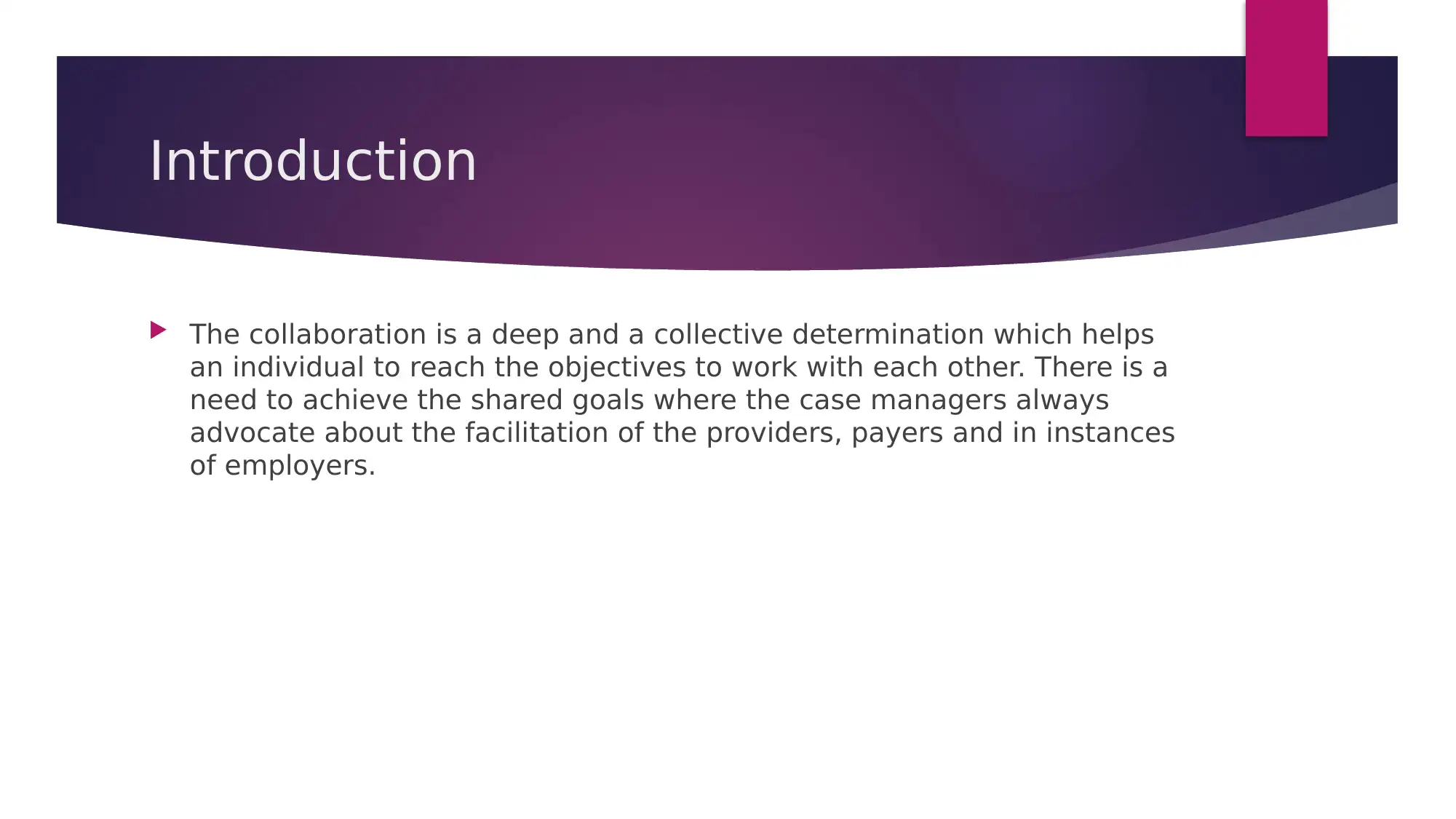
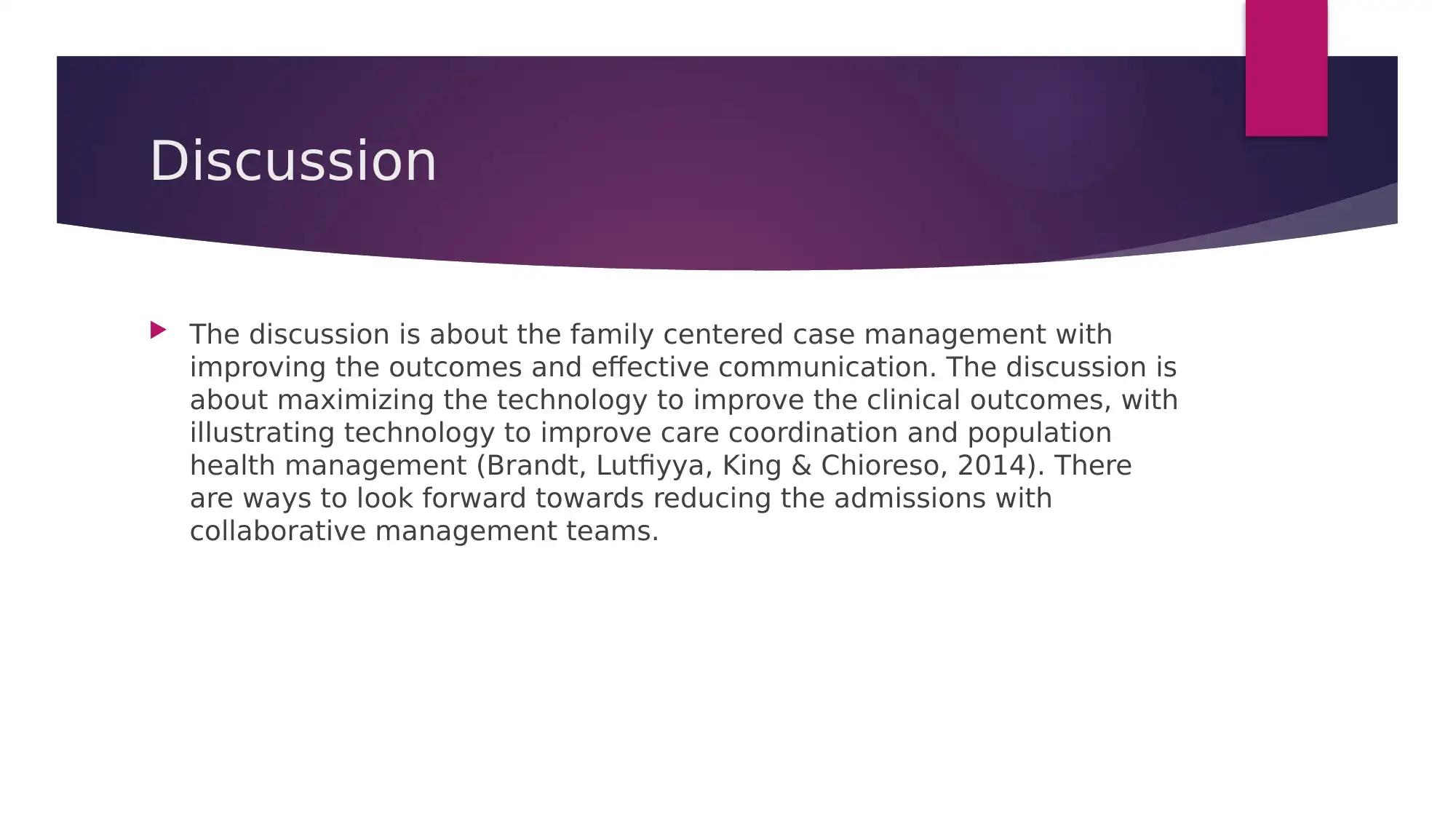

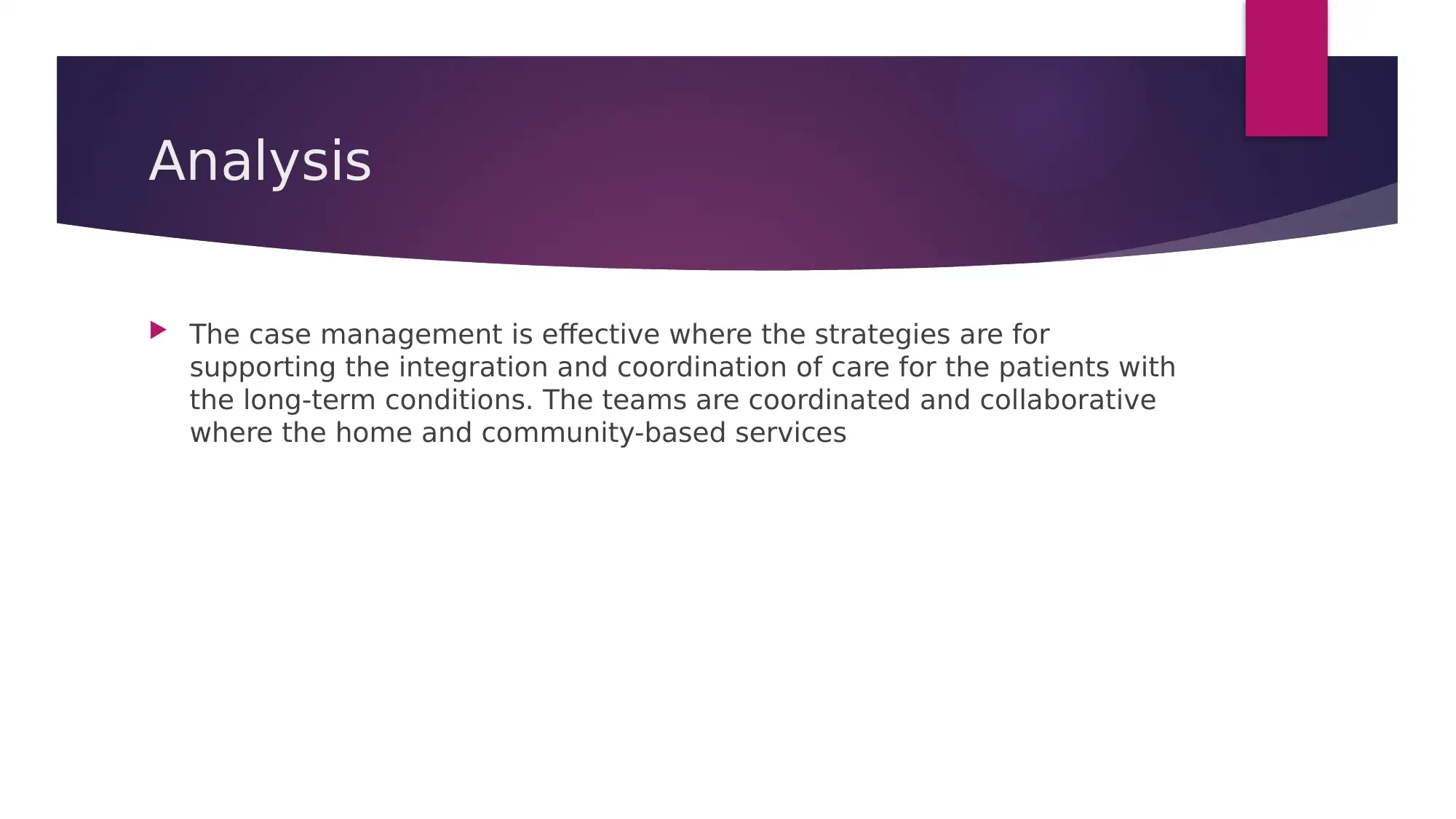
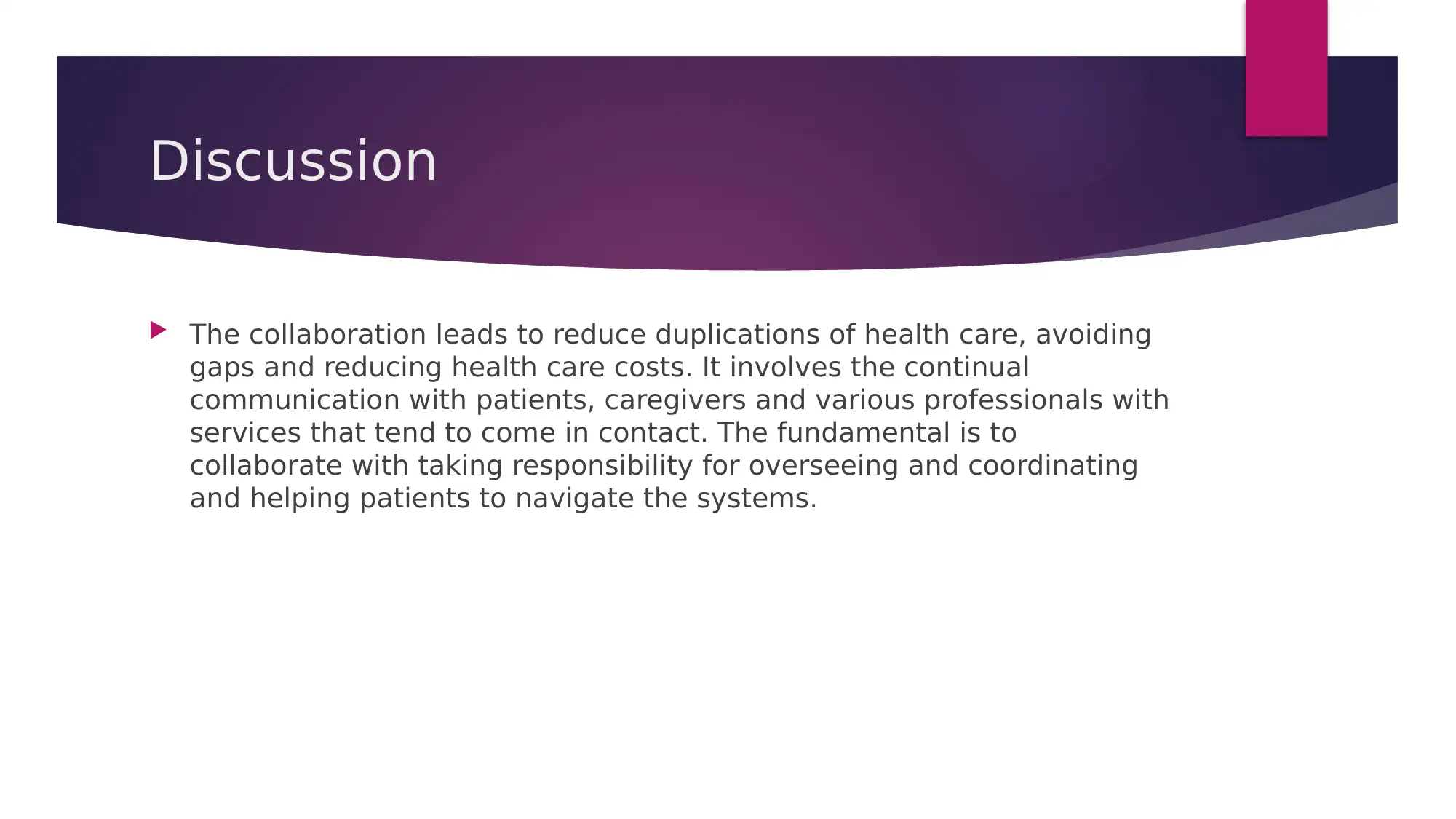
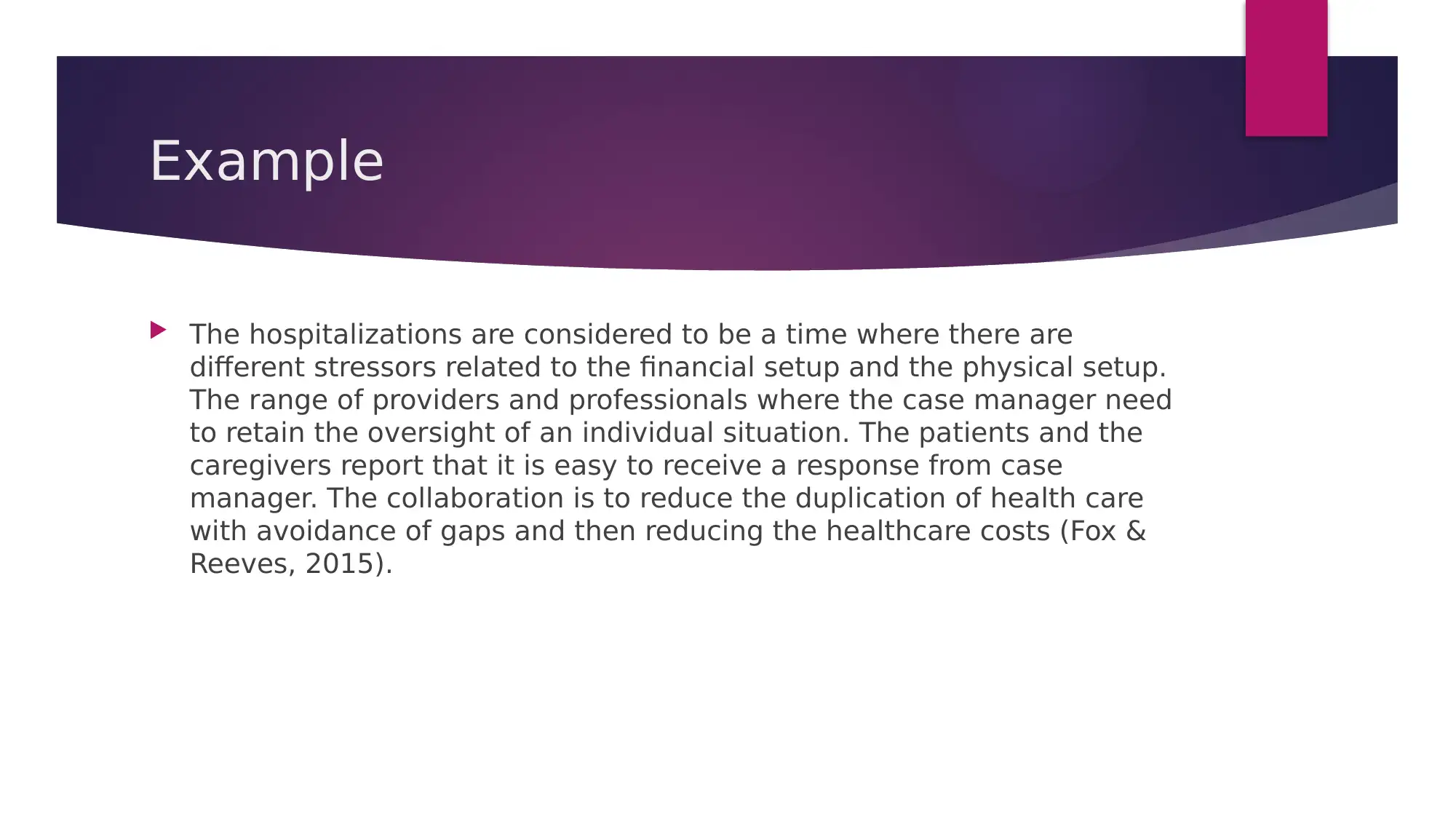
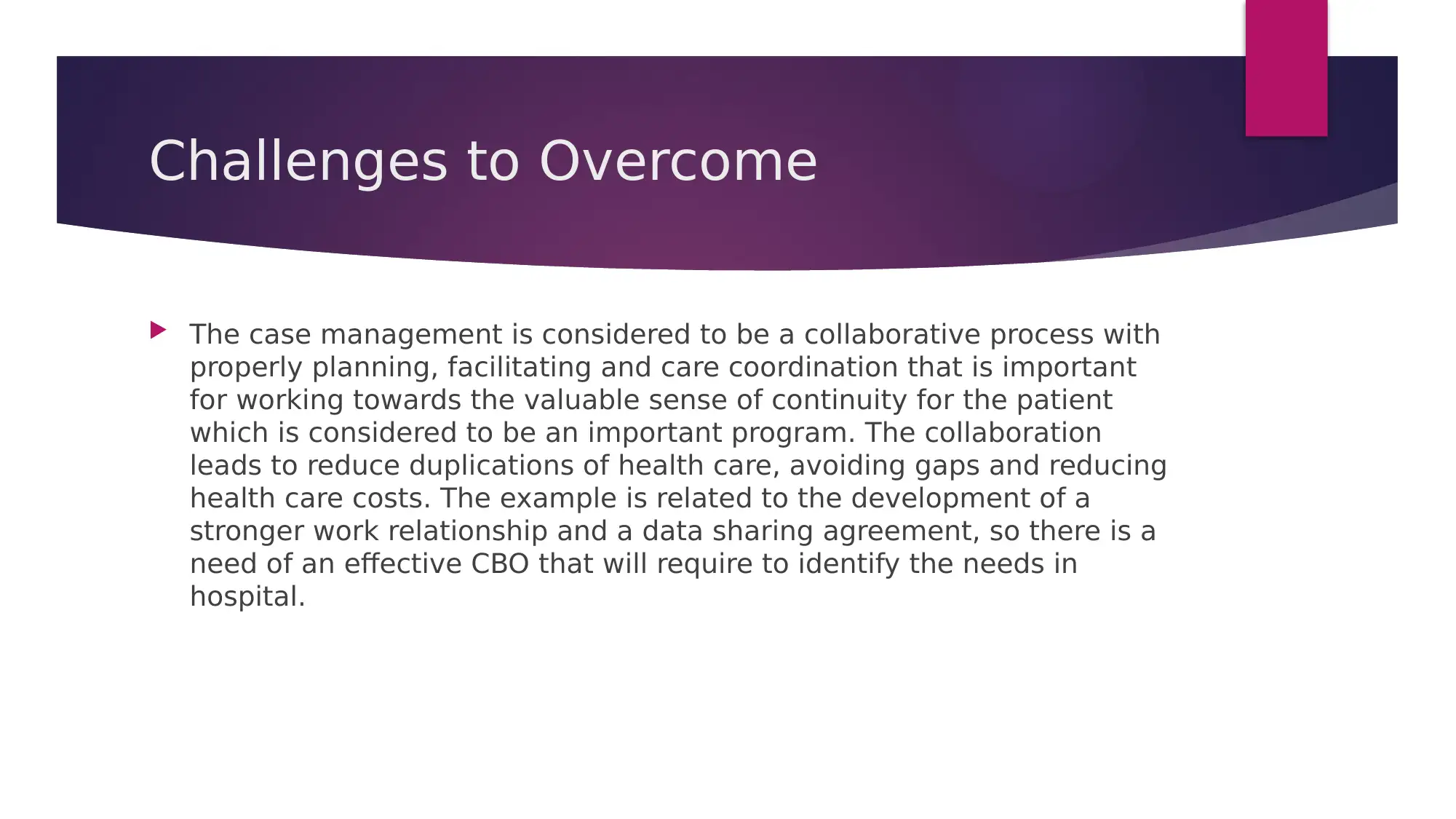
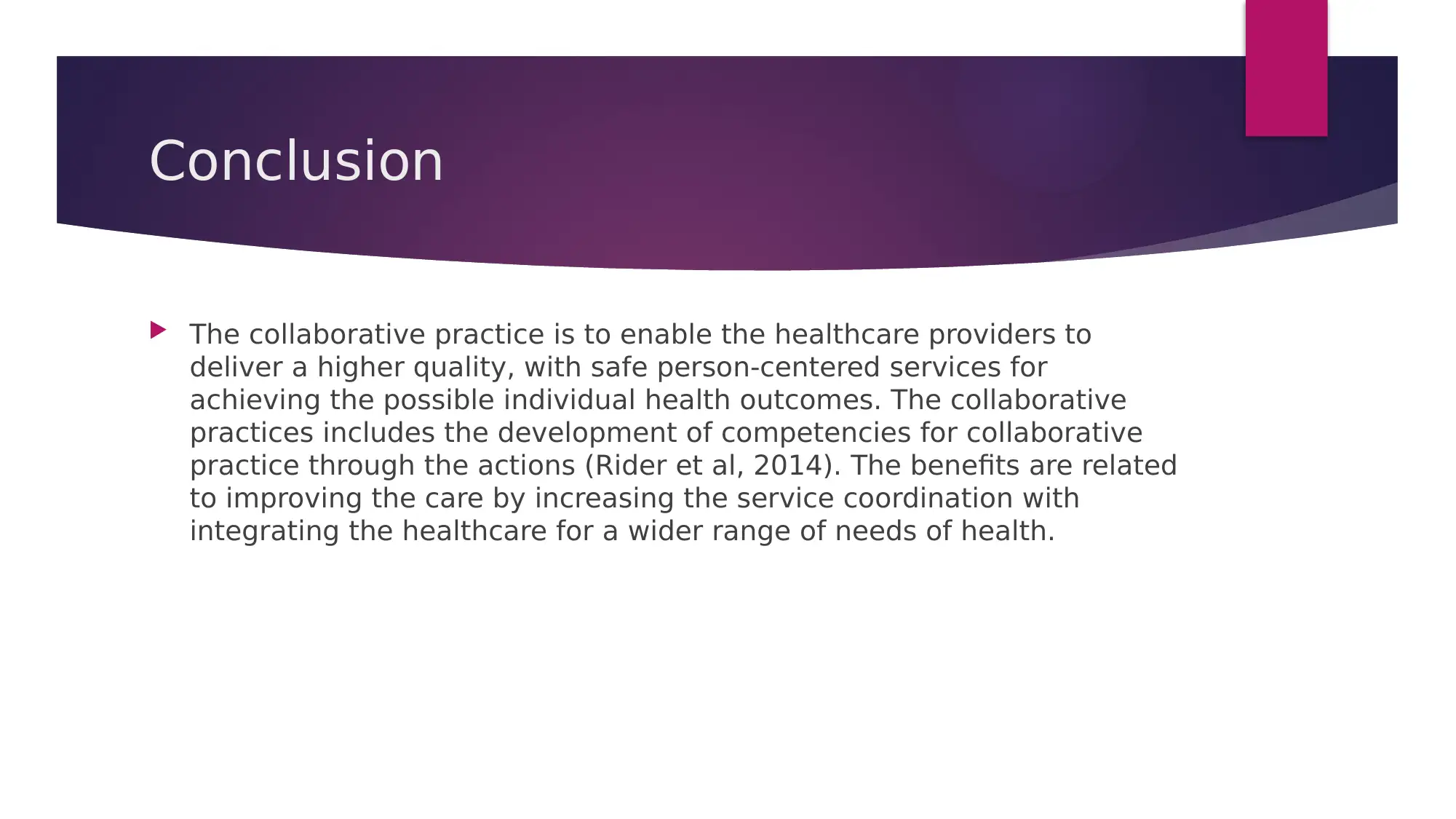
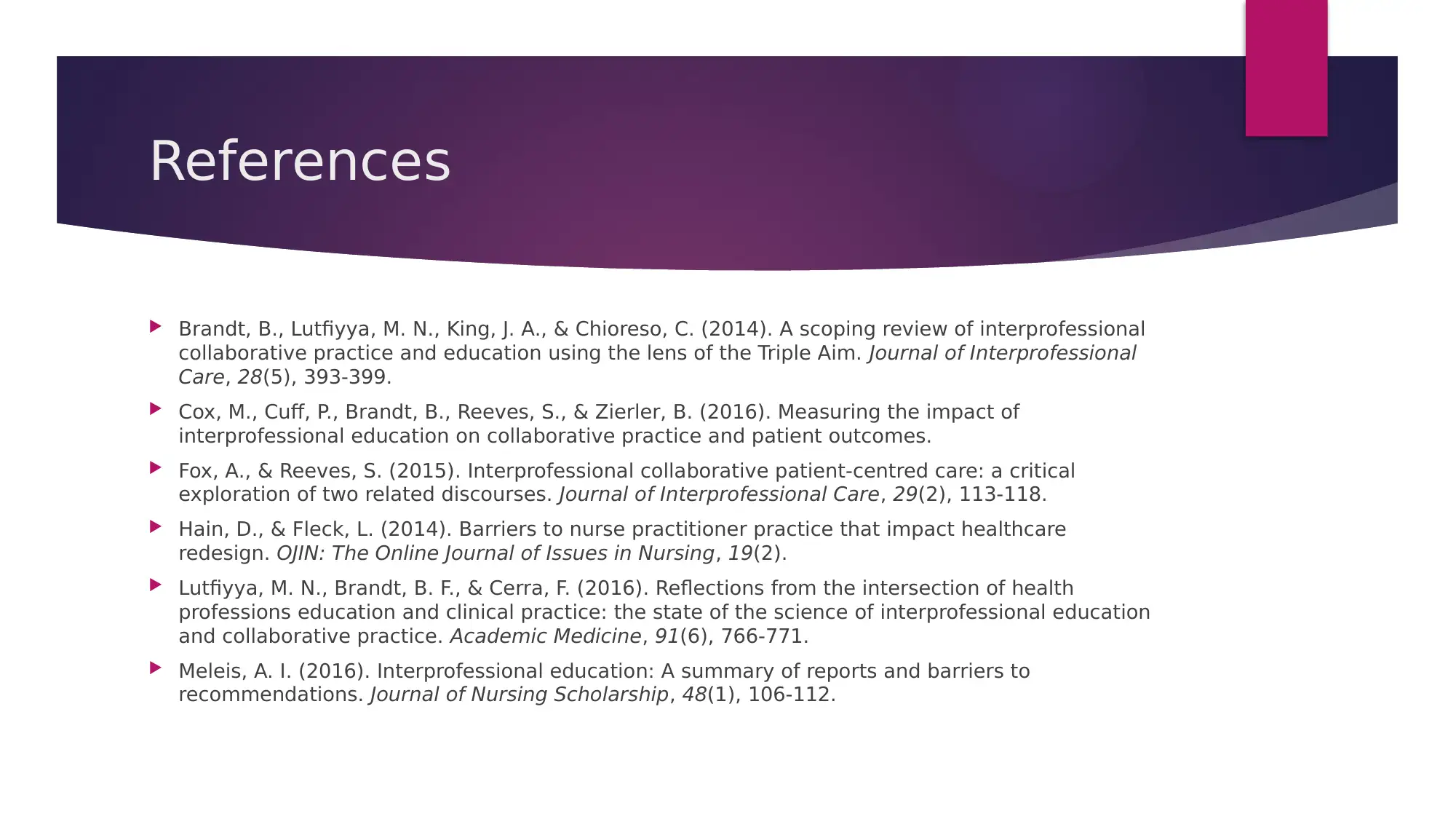






![[object Object]](/_next/static/media/star-bottom.7253800d.svg)